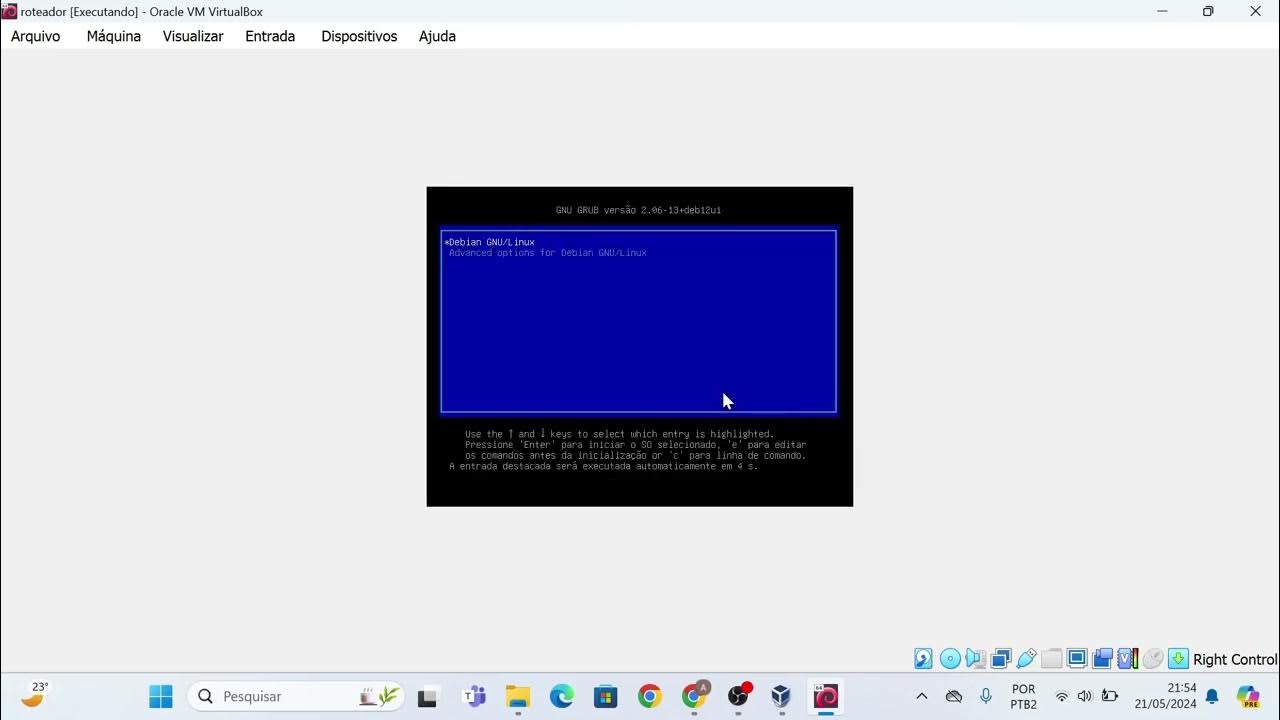Can a virus spread from the virtual machine to host machine?
Summary
TLDRIn this video, the presenter demonstrates how malware can spread from a virtual machine to a host machine, emphasizing the risks of downloading cracked software. Using a Windows-based virtual machine, the speaker intentionally installs trojan-infected software and observes its actions, including disabling security tools, downloading additional malware, and attempting to spread across the network. The video highlights the importance of maintaining real-time protection, avoiding cracked software, and securing both virtual and physical machines to prevent infections. A cautionary tale about cybersecurity risks and best practices for safe computing.
Takeaways
- 😀 Cracked software is a common source of malware, as it can contain Trojans or other malicious code that silently infects the system.
- 🛑 Real-time protection from antivirus software is essential to prevent malware from infecting your host machine when using a virtual machine.
- ⚠️ Malware can disable antivirus software on both the virtual and host machines, making it easier to infect and control the system.
- 💻 Running a virtual machine for testing purposes requires proper network isolation to prevent malware from spreading to the host machine.
- 🕵️♂️ Trojans often disguise themselves as legitimate software (e.g., pretending to be Windows updates) to trick users into installing them.
- 🔌 Malicious software can disable network connections, making it harder to perform scans or access antivirus websites like VirusTotal.
- 🚨 Even when an antivirus detects malware, the malware may attempt to block or circumvent its actions by turning off network access or disabling other software.
- 🧑💻 Malware can initiate the download of additional malicious files from remote servers, allowing hackers to continuously control the infected system.
- 💥 When installing malware, the infected machine may experience serious disruptions, including slowdowns, crashes, and loss of functionality (e.g., Wi-Fi disconnects).
- 📡 Malware can spread across a local network, potentially infecting other connected devices, and in some cases, creating a botnet for the hacker to control remotely.
- 💡 Always avoid downloading software from untrusted sources, especially cracked or pirated software, as it often carries hidden dangers and risks of infection.
Q & A
Can viruses spread from a virtual machine to the host machine?
-Yes, viruses can spread from a virtual machine to the host machine if proper precautions are not taken. The host and virtual machine can share network connections, folders, and devices, creating potential vulnerabilities.
Why does the narrator turn off real-time protection in the virtual machine?
-The narrator disables real-time protection to allow the malware to install without interference from antivirus software, enabling the demonstration of how the malware behaves once it is executed.
What happens when malware is installed from a cracked software download?
-Cracked software often contains trojans or other malware that can infect the computer, disable security features like antivirus programs, and download additional malware from hacker-controlled servers.
How does malware disguise itself during installation?
-The malware often masquerades as legitimate software, like a '4K Video Downloader,' to trick users into installing it. It uses misleading icons and sometimes even fake error messages to deceive users.
What is the role of the 'setup.exe' file observed during the installation?
-The 'setup.exe' file is one of the many executables dropped by the trojan. It is used to install the malware on the system, perform malicious actions, and potentially communicate with remote servers to download further malicious payloads.
Why does the malware turn off the Wi-Fi connection in the virtual machine?
-The malware disables the Wi-Fi connection to control the environment and prevent the user from accessing the internet, making it harder to diagnose or stop the attack. It also ensures that any network traffic or malicious activity remains undetected.
What security software does the malware attempt to disable on the infected machine?
-The malware attempts to disable security software such as Windows Defender, GlassWire, and the antivirus program Malwarebytes in order to ensure its actions are not blocked or detected.
How does the malware communicate with remote servers?
-Once installed and activated, the malware establishes a connection to remote servers controlled by the hacker, from which it downloads additional trojans and malware, often in a manner that attempts to evade detection.
What is the significance of the trojan detected by multiple antivirus programs?
-The detection of the trojan by several antivirus programs is significant because it shows that the malware is malicious and widespread. It is often identified as a trojan injector, which hides itself by injecting into other processes and making it harder for users to detect.
What is a computer worm, and how does it differ from a virus?
-A computer worm is a standalone program that replicates itself and spreads to other computers, often over a network, without needing to attach to other files. Unlike viruses, which typically corrupt files, worms focus on spreading and can cause major network disruptions.
Outlines

This section is available to paid users only. Please upgrade to access this part.
Upgrade NowMindmap

This section is available to paid users only. Please upgrade to access this part.
Upgrade NowKeywords

This section is available to paid users only. Please upgrade to access this part.
Upgrade NowHighlights

This section is available to paid users only. Please upgrade to access this part.
Upgrade NowTranscripts

This section is available to paid users only. Please upgrade to access this part.
Upgrade NowBrowse More Related Video

Tutorial - Cara Install Debian 10 pada Virtualbox (Untuk Pemula)

How to use VirtualBox - Tutorial for Beginners

Belajar Mikrotik Tanpa "Mikrotik"

Install Windows 10 di VirtualBox 2025 | Mudah Sekali

How to Download and Install Xilinx ISE Design Suite on Windows 10 & 11 (Step-by-Step Guide)

Instalação das máquinas virtuais usando o VirtualBox e imagem do Linux Debian.
5.0 / 5 (0 votes)